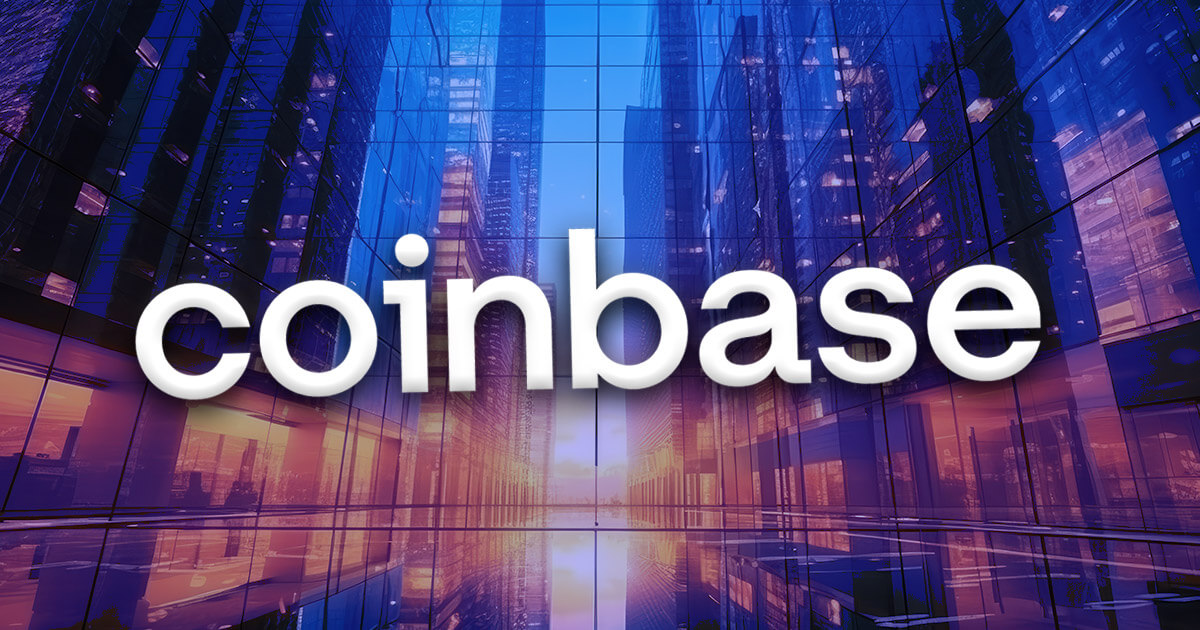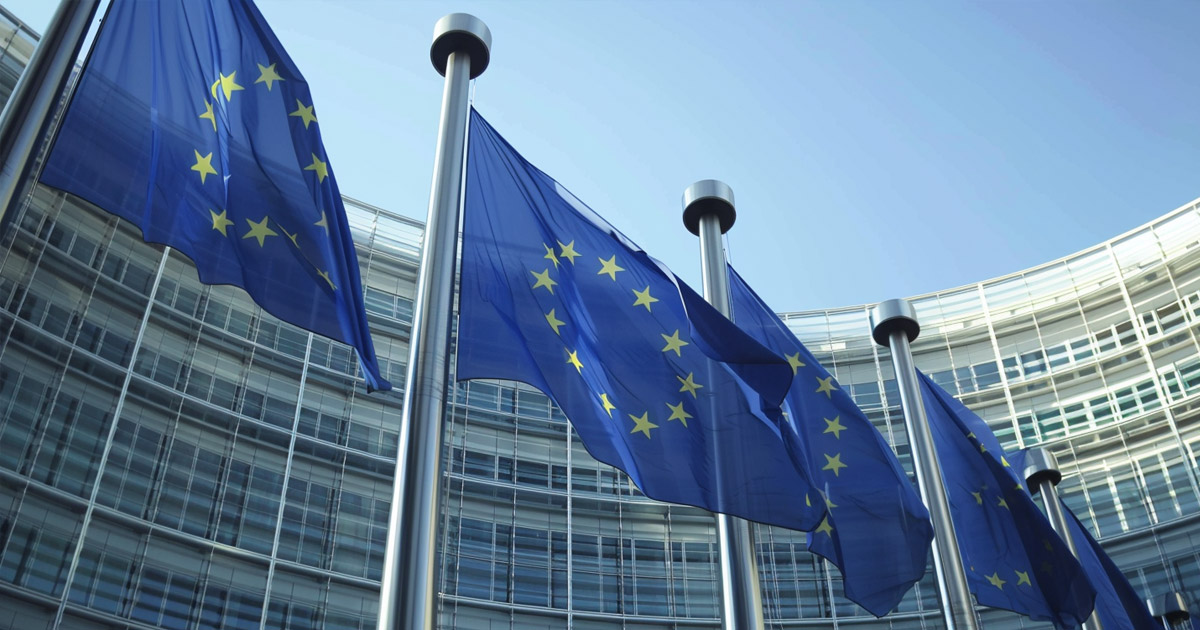By Muthuswamy N Iyer
Background
In 2022, the Crypto world grappled with another bear market after a phenomenal bull run of two years. While it created challenges for project survival, witnessed a plummet in fundraising for new projects, etc. it also exposed the loopholes that the industry had been concealing under the success of several projects. While many organizations worked towards retaining their operations amidst adverse conditions, several key projects collapsed or defaulted, leaving investors in the lurch.
The collapse of FTX, Terra, etc. started the debate around user protection, security of the ecosystem, and most of all how reliable the Crypto ecosystem is for existing and potential users. The last year also witnessed a renewed enthusiasm among nations for introducing regulations in virtual digital assets. Several countries announced regulatory frameworks as an aftermath of the Crypto collapse of 2022 with security on top of the list. The idea was to usher in the decentralization ecosystem in an environment of trust while ensuring innovation. Countries like the United Kingdom, member states of the European Union, lent their voices to the cause and took the lead to introduce conducive frameworks in their respective regions while simultaneously engaging in dialogues for globally collaborative policies.
As G20 president, India has been optimistic towards regulating Crypto/Virtual digital Assets(VDAs) in coordination with countries around the world, especially G20 nations. While India’s stance towards Crypto has evolved over the years, the stakeholders in the ecosystem are awaiting specific developments in the operation of virtual digital assets. There is an anticipated bill which presents an opportunity for India to structure policies that can be used as an example for the whole world as well, especially in improving Crypto security.
Existing reference points for security laws of VDAs
The UK government has introduced regulations to protect investors no matter what the circumstances are in the market. Besides bringing Crypto platforms under regulatory ambit, the government has also proposed all intermediaries to be compliant with operational standards and ensure an effective Anti Money Laundering policy is in place. This will be implemented once feedback from stakeholders received till April are incorporated in the framework. The European Union through Markets in Crypto-assets Regulation (MiCA), has also introduced measures to govern stablecoins, VDAs, etc which will require service providers to disclose full transparency regarding ownership of digital assets. It is set to come into effect in June this year.
Taking cues from these regulatory changes, India too can introduce policies which will address transparency in ownership, help in embedding data that is non fungible, etc. India’s Finance Minister has already brought Crypto under Prevention of Money Laundering Act in India. This will enable flagging of suspicious transactions, penalize illicit transactions, and usher in an environment of confidence for investors.
How India can make a difference
However, there are certain areas which could benefit from attention by the government.
Firstly, most data on blockchain is transparent and KYC bound platforms will have an obligation to reveal details of users if investigations demand. However, if investigators only rely on public websites or third parties, they will be solely dependent on VDA platforms for information. If the government works towards building competencies for regulators to identify, extract and analyze data, there will be an increase in confidence among users who have a fear of untraceability of assets and a negative perception of Crypto.
Secondly, the lack of granular level regulations makes it difficult for potential users to trust VDAs for the fear of system hacking and draining of funds. They won’t receive user protection for any loss of assets. The stakeholders in the ecosystem also do not have defined responsibilities which can make it difficult to figure out accountability in case of adverse situations. The government needs to make pronounced roles for all actors in the system.
India can also influence a robust on-chain data identification and synthesis protocol for countries worldwide. This can help in tracing any cross border transactions that seem suspicious and can be penalized by domestic as well as global law enforcement.
The country can also collaborate with the International Monetary Fund, the Bank of International Settlements etc. to create a benchmark for technological sophistication of Crypto platforms which provides clear, transparent and accurate data for users for making informed decisions, and also solves technical glitches for efficiency in user engagement process. Towards this, there should be some ground rules for development of UI, UX for Crypto operators, wallets, etc.
Besides these, common security challenges such as phishing attacks, data interception, fake nodes, network spams, manipulation of transactions with delayed or unverified validations are some areas which the G20 nations led by India can identify and solve. Overall, there is a scope for setting a whole new precedent in G20 leadership with a landmark Crypto regulation, and India has all the means and resources to bring these into effect.
The author is head legal and compliance, WazirX
Follow us on Twitter, Facebook, LinkedIn
Credit: Source link















































